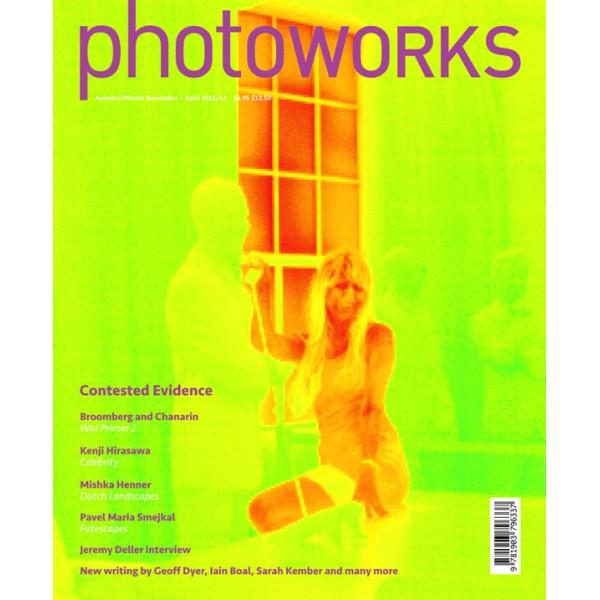
Photoworks 17
£5.00
100 in stock
Contested Evidence
The failure of the US government to release photographs of the dead body of Osama Bin Laden quickly generated a range of responses. While aspects of the US government and the media looked to identify surrogate images, conspiracy theories circulated online, and critics pointed to the fundamental mismanagement of the situation. When considered in the light of photography and its applications, the situation provides a clear demonstration of the continued social and political influence exerted by photographs within contemporary culture.
Taking its lead from this controversy, issue seventeen of Photoworks focuses on photography as a form of contested evidence. What types of evidential role are photographs afforded? How do we determine this status? How has it been challenged by artists and writers? What role has changing technology played within these debates? In what circumstances can unreliable witnesses be trusted? The issue continues Photoworks commitment to critically examining an expansive social photographic landscape, opening dialogues between photography’s various and contested uses.
Contributions include: new work by artists Oliver Chanarin and Adam Broomberg, Mishka Henner, Kenji Hirasawa, and Pavel Maria Smejkal; Iain Boal on the absent photograph of Bin Laden; Sarah Kember on physiognomic photography and facial recognition technology; Charles Heller on the legal definitions of photography as evidence; Clare Birchall on conspiracy theories and the moon landing; Ben Burbridge on digital spirit photography; David Alan Mellor interviews Jeremy Deller; Susan Schuppli on images from Chernobyl; and other new writing from Geoff Dyer and David Chandler.
Photoworks Members can read articles from Photoworks Issue 17 online by following the links below:
